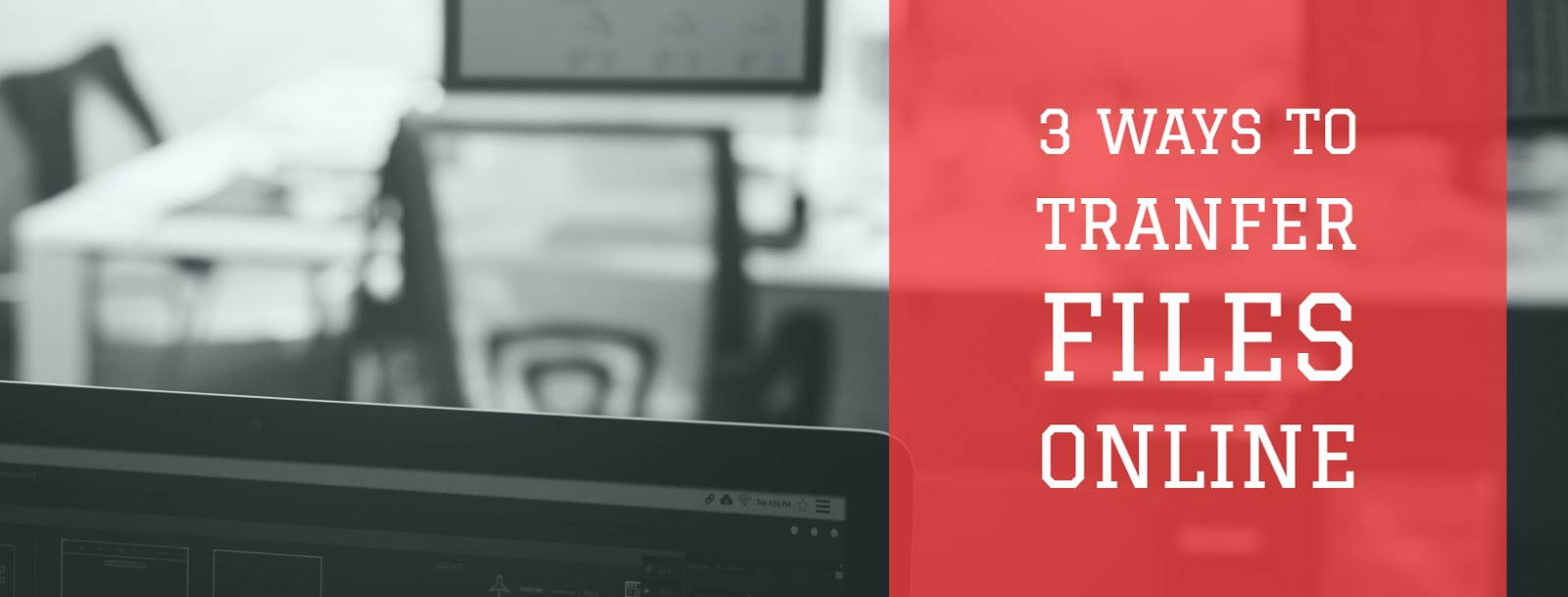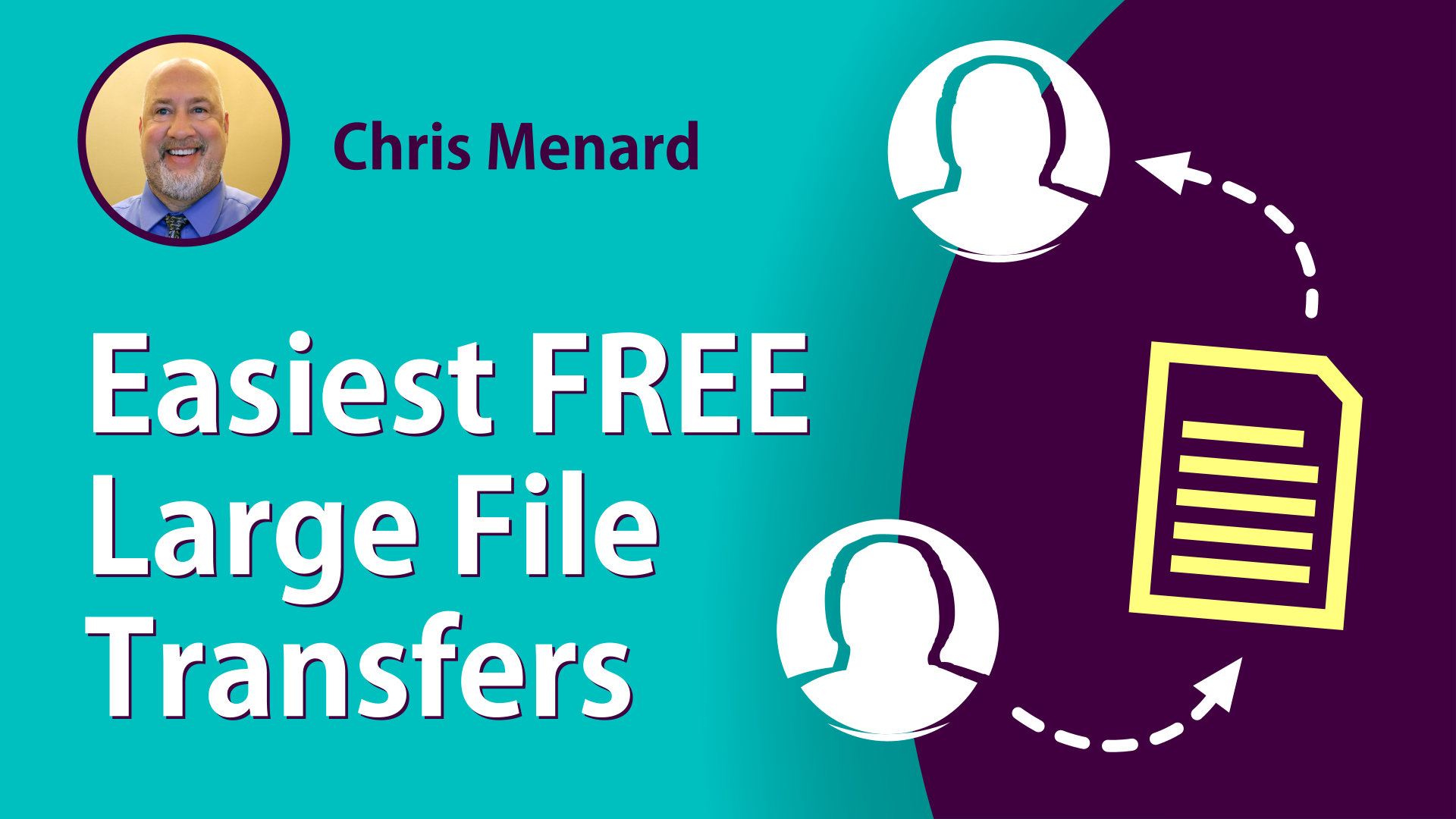

- #Large file transfer how to#
- #Large file transfer download#
- #Large file transfer free#
- #Large file transfer mac#
#Large file transfer mac#
#Large file transfer how to#
Recipients may also receive instructions for how to send a large file back to the original sender, creating a bi-directional secure document exchange.
#Large file transfer download#
The message recipient receives a notification with instructions about how to log into the Mimecast secure web portal to download the file. When sending large files via email, messages and attachments are securely uploaded to the Mimecast cloud, where they are checked for malware and potential data leaks before being stored in a secure AES encrypted archive. Messages may be sent with secure email options that include encryption, optional access keys, automated download notifications and custom expiration dates. When sending large files via email, users simply create a new email, attach a file and press Send. How to send large files via email attachments with Mimecast? In order to provide superior security, large files never leave Mimecast's secure and encrypted cloud. Files remain subject to all security, DLP and archiving policies, helping to support audit, e-discovery and compliance requirements for email. With Mimecast, users can send files up to 2 GB in size from their standard mail box application, but the messages are of email servers in order to improve performance of email infrastructure. Large File Send is Mimecast's simple solution for sending large files via email. Sending large files via email with Mimecast To resolve the dilemma over sending large files via email, Mimecast provides an easy-to-use solution for big file sharing that meets the needs of users and IT administrators alike. But because these organizations can't offer the same level of security and protection against data leaks, content being shared is exposed to greater risk. When emailing large files is impossible, users are likely to use third-party file sharing services to meet their needs. Users need the ability to share large files with colleagues outside the organization as part of their day-to-day workflow. While these restrictions may protect system performance, they severely limit user productivity. Email sent with large attachments can quickly clog up inboxes and degrade the performance of email servers, which is why most IT teams place strict file size limits on email attachments. As the average file size of presentations, videos, images and other documents continues to grow, sending large files via email becomes next to impossible.

Sending large files via email puts a real strain on email servers and IT teams. You can also use the SendBig Snap service for self-destructing files that are auto-deleted when downloaded once.Sending large files via email creates problems for IT You can password-protect the file, set how many times it can be downloaded, and set an expiry date when it'll be deleted. It's a tremendously important feature for big file transfers.Īpart from that, SendBig offers all the features you would expect from a service like this. If you get disconnected or can't finish your upload for any reason, SendBig will resume it the next time you reconnect to the service (as long as you still have the original file). Plus, SendBig solves the biggest problem with uploading large files: a failed upload.

#Large file transfer free#
You'll need to register for a free account to unlock the 30GB file size limit, but no other conditions are involved. SendBig and its 30GB file size limit blows most competitors out of the water. So far, among the best we had found was PixelDrain with its 10GB limit, making it one of the fastest free file-sharing apps online.

For larger files, you usually have to pay. Most file transfer services limit the size of files to 2GB or 5GB, with a few exceptions.


 0 kommentar(er)
0 kommentar(er)
